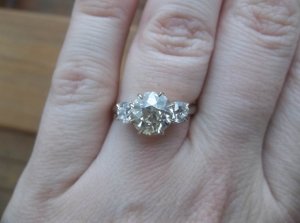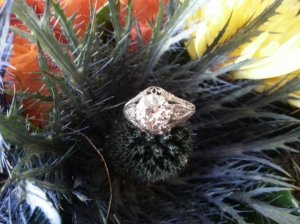dianabarbara
Shiny_Rock
- Joined
- Oct 1, 2012
- Messages
- 464
marcy|1364701443|3417168 said:It depends on what they are and how obvious they are. I think they would bother me more in a ring than anything else. A friend of mine at work found a flaw in her PC diamond when the sun was shining on it and after that saw that flaw all the time. She wanted to trade in her diamond after that.
marcy, ouch!! I am sorry for your friend. Falling out of love with a stone like that sounds painful.





300x240.png)